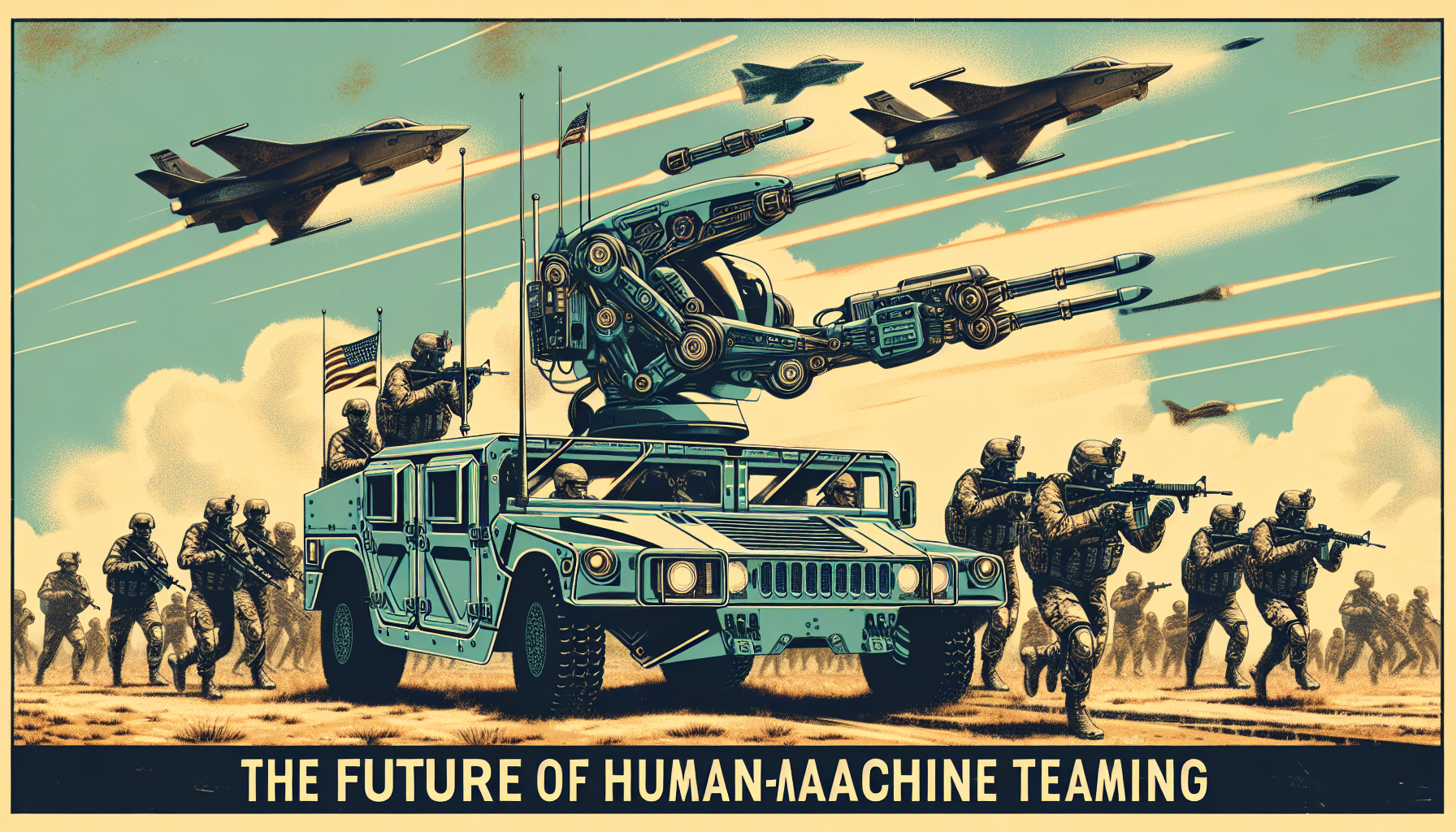The U.S. Army is quietly shaping the future of warfare by weaving together the strengths of human soldiers and advanced machines. Their research in human-machine teaming and autonomous combat vehicles (ACVs) is redefining what is possible on the battlefield. Through new technology like artificial intelligence (AI) and machine learning, the Army aims to make operations swifter, smarter, and safer for everyone involved.
Robotic Combat Vehicles: Three Paths Forward
At the heart of this change is the Robotic Combat Vehicle (RCV) program. The original vision included three types of unmanned vehicles, each designed to play a unique role in ground combat:
- RCV Light: Built for reconnaissance, this smaller vehicle features advanced sensors and can even launch its own drones, acting as the Army’s eyes and ears out on the edge.
- RCV Medium: Blending speed, mobility, and firepower, it can carry different tools and weapons depending on the mission, making it versatile for ever-changing battles.
- RCV Heavy: Designed for the harshest combat, this robust vehicle boasts strong armor, a powerful 30mm autocannon, and anti-tank missiles for facing direct threats on the frontline.
These vehicles reflect the Army’s hope to multiply the reach and power of human soldiers without putting them in harm’s way. Yet, real-world conflicts have revealed new dangers: large and costly robo-vehicles can become easy targets, especially for smaller, inexpensive drones loaded with explosives—an issue made clear in recent wars.
A Turning Point: Adapting to Emerging Threats
Recognizing these challenges, the Army has wisely chosen not to rush forward with just one company’s solution. Instead, they have paused and chosen a more inclusive method. Now, they seek a network of creative minds and leading-edge companies—a consortium—to work together. The goal is to combine the best robotics technology and the smartest software, ensuring every advantage is brought to those on the front lines.
Autonomy, Awareness, and Adaptation
Vehicle hardware is only part of the story. At the same time, the Army is making major investments in the way these systems think for themselves. The Artificial Intelligence of Maneuver and Mobility (AIMM) program is a prime example. This effort is about more than automated driving. It’s about building vehicles so aware of their surroundings that they can make quick, independent choices—even without GPS or steady communications.
The AIMM program aims to allow Next Generation Combat Vehicles (NGCVs) to find their way through unfamiliar terrains, sense dangerous changes in their environments, and help commanders find new paths to victory. This kind of AI-powered awareness is seen as essential for staying ahead of well-equipped opponents in future conflicts.
Accelerating Innovation
In early 2025, the Army plans to expand its efforts even further with the xTechOverwatch program. This initiative is designed to fast-track the development of autonomous systems across both the ground and the sky. By focusing on military uses of the latest in robotics and artificial intelligence, the Army hopes to make these breakthroughs real and ready for action sooner.
The Road Ahead
This new chapter in technology and defense is not without its obstacles. Cost, reliability, and vulnerability to new weapons remain serious concerns. But by changing how new systems are acquired and by investing deeply in AI research, the Army is showing a clear commitment: it will use every tool available—robotics, teamwork, and human judgement—to create a safer, more effective fighting force.
By merging the best of people and machines, the U.S. Army stands at the threshold of a new era. Through determination and wise adaptation, it is setting the stage for future soldiers to meet threats with greater awareness, flexibility, and strength than ever before.

Leave a Reply